For centuries, the hexagonal architecture of honeybee combs has fascinated mathematicians, architects, and biologists alike. What began as simple woven skeps in medieval apiaries has evolved into sophisticated hive systems that borrow directly from nature's blueprint. Modern beekeeping stands at the intersection of ancient wisdom and cutting-edge science, where every innovation in hive design traces its lineage back to the original engineers - the bees themselves.
Observing a wild bee colony reveals nature's perfect housing solution. The hexagonal wax cells achieve maximal storage capacity with minimal material expenditure, a structural marvel that humans have attempted to replicate since antiquity. Contemporary hive designers have moved beyond crude imitation, now incorporating nuanced understandings of bee behavior, thermal dynamics, and material science into their creations.
Thermal Regulation: Learning from the Cluster
Winter survival strategies of honeybees have inspired some of the most significant advancements in hive insulation. Bees maintain their brood at precise temperatures through collective shivering and strategic clustering. Modern insulated hives mimic this principle using phase-change materials that absorb excess heat during the day and release it at night, much like the thermal mass of a densely packed bee ball. The most innovative designs even incorporate passive ventilation systems that replicate the colony's subtle wing-fanning behaviors.
Researchers have discovered that wild colonies consistently choose cavities with specific thermal properties - findings that have revolutionized commercial hive construction. The traditional thin-walled Langstroth hive, while convenient for beekeepers, often fails to provide the stable microclimate bees instinctively seek. New designs incorporate thermal breaks, moisture-wicking woods, and even ceramic elements to better match the insulation values of natural tree hollows.
Comb Construction: Geometry Meets Efficiency
The precision of honeycomb construction remains one of nature's most celebrated examples of mathematical perfection. Modern foundation sheets attempt to guide bees' building instincts, but recent studies suggest even these interventions disrupt natural construction behaviors. Progressive beekeepers now experiment with starter strips rather than full sheets, allowing colonies to determine their own cell sizes - an approach that yields surprising variations in worker and drone cell ratios based on the colony's needs.
Some avant-garde hive designs abandon rectangular frames altogether, opting for circular or spiral configurations that more closely resemble natural comb progression. These systems acknowledge the bees' tendency to build outward in all directions from a central point, rather than in the strict linear patterns imposed by conventional frames. Early adopters report more natural brood patterns and reduced propolis use in such systems.
Material Science: Beyond Wood and Wax
While traditional hives rely on cedar or pine, contemporary designers explore materials that better replicate the properties of tree cavities. Composite materials combining wood fibers with mycelium create structures with humidity-regulating properties similar to living trees. Some experimental hives incorporate conductive elements that allow monitoring of hive conditions without invasive inspections - a concept borrowed from how bees sense vibrations through their comb.
The wax moths and small hive beetles that plague modern apiaries rarely infest wild colonies to the same degree. Researchers attribute this to several factors in natural nest sites, including specific resin deposits and air flow patterns. New hive coatings incorporate propolis analogs and textured surfaces that discourage pest establishment while allowing beneficial microbes to thrive, mirroring the antimicrobial environment bees create in wild nests.
Behavioral Considerations: Designing for the Swarm Mind
Perhaps the most overlooked aspect of hive design involves accommodating the complex social needs of the colony. Wild bees maintain specific spatial relationships between brood, honey stores, and entranceways that commercial hives often disrupt. Innovative designs now incorporate "brood chimneys" that allow vertical heat circulation and "pollen pantries" positioned according to the colony's natural storage preferences.
The entrance design represents another area where biomimicry shows promise. Traditional hive entrances often create wind tunnels and lighting conditions dramatically different from the elevated, downward-facing entries bees prefer in nature. New designs incorporate baffled entries that mimic the protective twists of hollow tree openings, reducing stress on guard bees while improving ventilation.
The Future Hive: Where Technology Meets Instinct
As sensors become smaller and more energy-efficient, researchers develop "smart hives" that monitor conditions without disturbing the colony. These systems take cues from how bees themselves monitor hive conditions - through distributed temperature sensors (worker bees), humidity detectors (water collectors), and even early warning systems (guard bees). The most advanced prototypes use machine learning to interpret the colony's collective behaviors as feedback for automatic hive adjustments.
The next frontier may involve dynamic hive structures that can change configuration in response to colony needs. Imagine walls that expand during honey flows or insulation that thickens in winter - capabilities bees achieve through propolis deposition and clustering behaviors. Such innovations would represent the ultimate marriage of biological wisdom and human ingenuity.
From the skeps of medieval Europe to the sensor-laden research hives of today, our beekeeping vessels have always reflected our understanding of bee biology. As that understanding deepens, hive design converges ever closer to the perfection bees achieved through millions of years of evolution. The future of apiculture lies not in forcing bees to adapt to our conveniences, but in humbly adapting our technologies to their ancient wisdom.
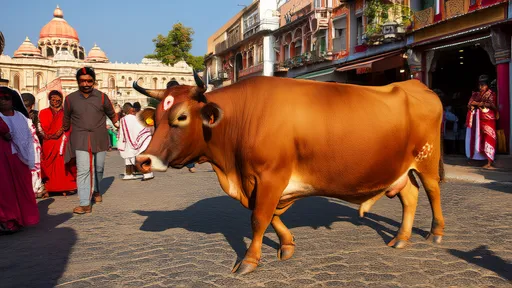
By /Jul 7, 2025
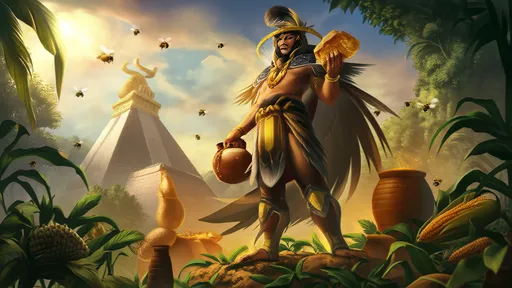
By /Jul 7, 2025

By /Jul 7, 2025

By /Jul 7, 2025
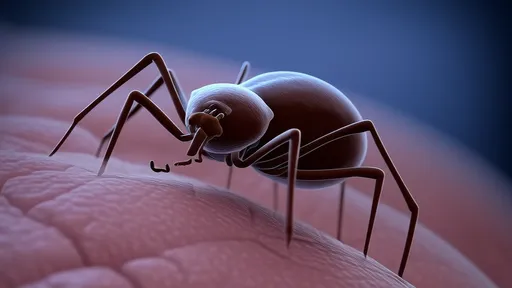
By /Jul 7, 2025
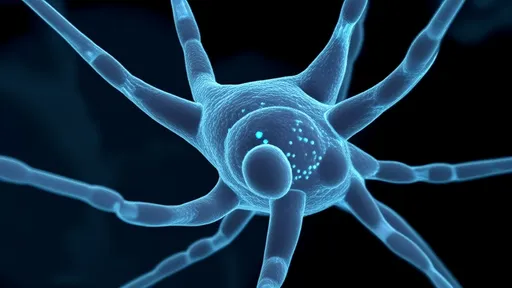
By /Jul 7, 2025
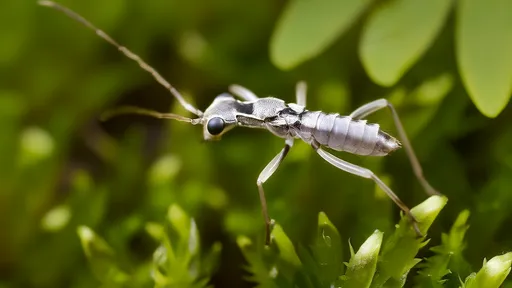
By /Jul 7, 2025
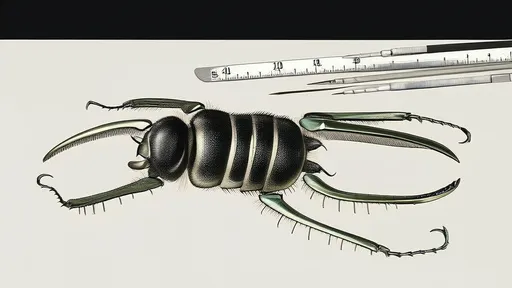
By /Jul 7, 2025
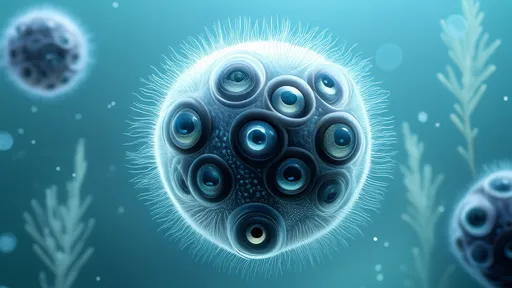
By /Jul 7, 2025
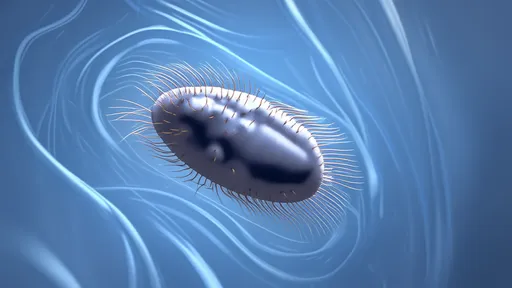
By /Jul 7, 2025
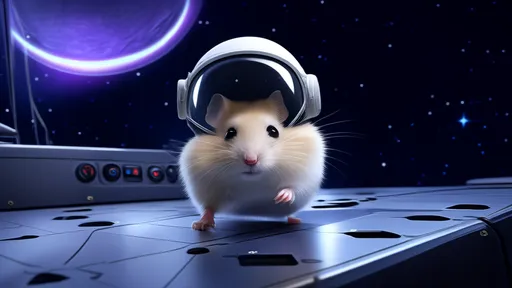
By /Jul 7, 2025
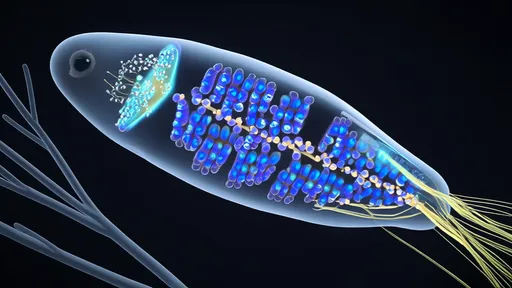
By /Jul 7, 2025
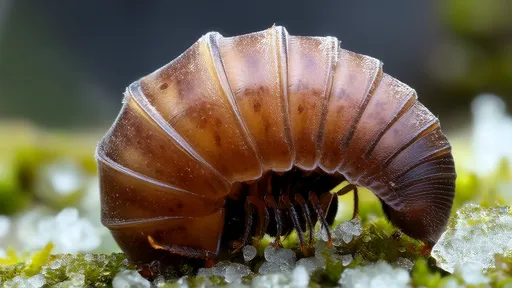
By /Jul 7, 2025

By /Jul 7, 2025
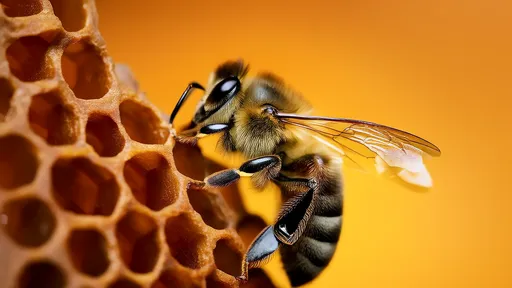
By /Jul 7, 2025
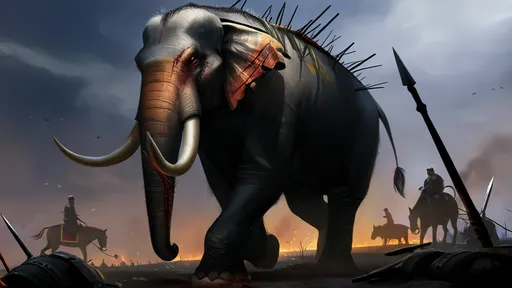
By /Jul 7, 2025

By /Jul 7, 2025

By /Jul 7, 2025